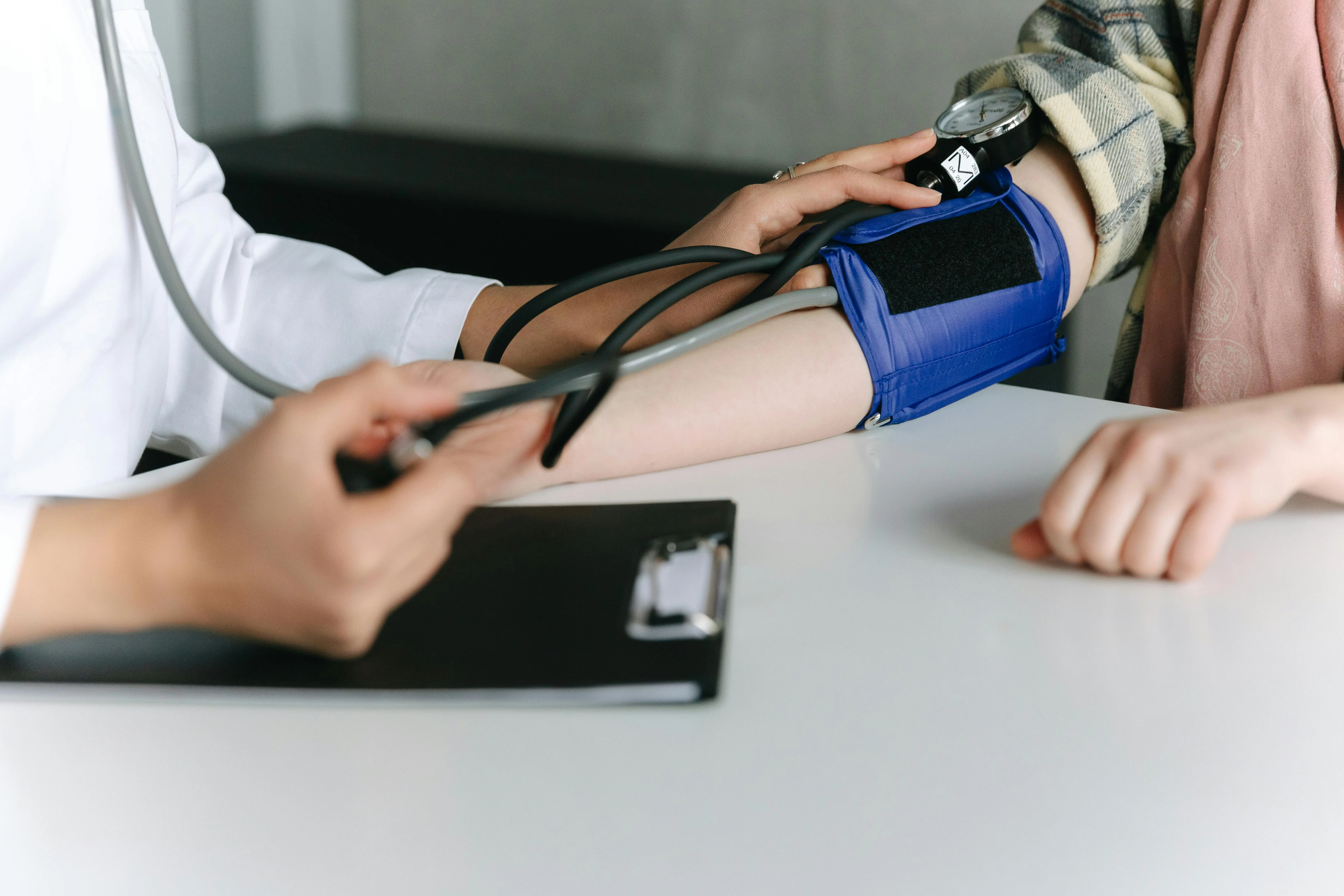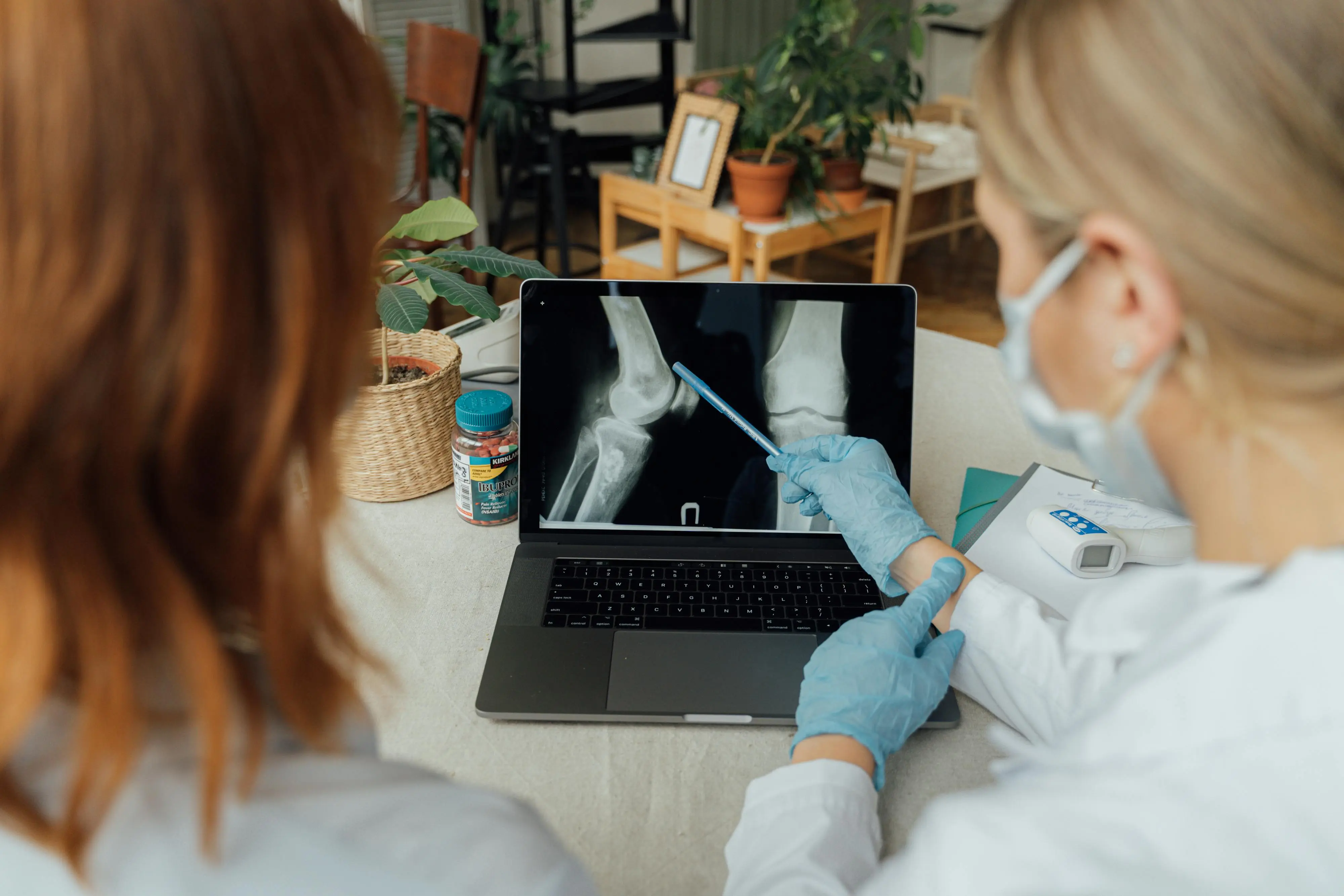Diagnostic criteria for depression
July 16, 2025

Disclaimer: Human Health is not recommending any specific medical treatment for any particular symptom, nor providing any other medical advice. Always seek the advice of your doctor regarding any medical concern.
Major depressive disorder, also known as depression or clinical depression, is a psychiatric condition that affects mood and behavior. It is characterized by persistent feelings of sadness, and a loss of interest or pleasure. It is often accompanied by fatigue.
Approximately 8.3% of US adults have had at least 1 major depressive episode, according to the National Institute of Mental Health.
In order to be diagnosed with depression, a clinician must identify that the patient meets a certain set of criteria as specified in a handbook called the Diagnostic and Statistical Manual of Mental Disorders (5th edition), also known as the DSM-5.
We’ve broken down these criteria below, and included a visual summary at the end of this post.
Criterion A
At least 5 of the below symptoms must have been present during the same 2-week period, and represent a change from the patient’s previous functioning.
These symptoms may be reported subjectively by the patient, or may be observable by others.
To reach the threshold for diagnosis, at least one of the symptoms must be either depressed mood or diminished interest or pleasure. The symptoms are as follows:
- Depressed mood most of the day, nearly every day
- The patient may report feeling sad, empty or hopeless
- Others may report that the patient appears tearful, or in adolescents, may describe the patient as having an irritable mood
- Markedly diminished interest or pleasure in all, or almost all, activities most of the day, nearly every day
- Insomnia or hypersomnia nearly every day
- Insomnia refers to difficulty sleeping
- Hypersomnia refers to sleeping more than usual
- Significant weight loss when not dieting, or weight gain, or decrease or increase in appetite nearly every day
- Significant weight changes include a change of more than 5% of body weight within a month
- In children, failure to make expected weight gain according to appropriate growth charts may be considered significant
- Psychomotor agitation or retardation nearly every day
- Psychomotor agitation refers to feelings of restlessness, resulting in purposeless movements such as pacing, tapping, or bouncing
- Psychomotor retardation refers to slowing down of thoughts and physical movements, resulting in effects such as sluggish walking, impaired coordination, and slow reflexes
- Fatigue or loss of energy nearly every day
- Feelings of worthlessness or excessive or inappropriate guilt nearly every day
- These feelings may be delusional, which means they are not based in reality
- The excessive or inappropriate guilt is not only related to being sick
- Diminished ability to think or concentrate, or indecisiveness, nearly every day
- Recurrent thoughts of death, suicidal ideation without a specific plan, or a suicide attempt, or a specific plan for committing suicide
- These thoughts are not limited to just a fear of dying
Criterion B
The symptoms cause significant distress or impairment in social, occupational, or other important areas of functioning.
This means that the symptoms are interrupting the patient’s normal life, and may be affecting their ability to interact with others, their ability to attend and participate in work or school, and other aspects of their life including their ability to care for themselves.
Criterion C
The episode is not attributable to the physiological effects of a substance or to another medical condition.
This means that these symptoms cannot be accounted for by the presence of another illness.
Criterion D
The occurrence of the major depressive episode is not better explained by another condition, including:
- Schizoaffective disorder
- Schizophrenia
- Schizophreniform disorder
- Delusional disorder
- Other specified/unspecified schizophrenia spectrum and other psychotic disorders
Criterion E
There has never been a manic or hypomanic episode that is not attributable to substance use or the physiological effects of another medical condition.
Manic episodes involve behavioral changes that last for at least 1 week and significantly affect typical functioning. An episode of mania may have symptoms such as:
- Increased talkativeness
- Decreased need for sleep
- Racing thoughts
- Distractibility
- Increase in goal-directed activity
- Psychomotor agitation
Hypomanic episodes involve behavioral changes that last for at least 4 days, and are characterized by a period of persistently elevated or irritable mood with increased activity or energy. The episode does not significantly impact functioning. At least 3 of the following criteria must be satisfied to classify a hypomanic episode:
- Inflated self-esteem or grandiosity
- Grandiosity is an unrealistic sense of superiority
- Decreased need for sleep
- A compulsion to keep talking or being more talkative than usual
- Flight of ideas or racing thoughts
- High distractibility
- Increased goal-directed activity (socially, at work or school, or sexually) or psychomotor agitation
- Excessive involvement in activities that have a high potential for painful consequences, such as engaging in unrestrained buying sprees, sexual indiscretions, or foolish business investments
Tracking your mood can help you spot patterns and take better care of yourself. That’s where our mood tracker comes in
You can also use our Mental Health Tracker to record symptoms such as changes in sleep, energy, concentration, or appetite. This makes it easier to see how different aspects of your mental health are connected and provides a clearer picture of your overall well-being.
Thinking about seeking a diagnosis?
Making the decision to seek help for your mental health can sometimes feel overwhelming or daunting. Conditions like depression may also affect the ability to remember things accurately, which can pose a challenge when it’s necessary to recount your experiences at an appointment.
To make sure you have all the information you need to provide your doctor with an accurate picture of your symptoms, you might like to use a health tracking app.
Human Health is a free mobile app that can help you keep a record of your symptoms and treatments, and provide your doctor with a comprehensive overview of your health journey, from your current concerns to how your symptoms have changed over time.
Want to know more about how depression is treated?
Click on the links below to view our posts on some commonly used antidepressants:
.png)
If you liked this article, or think you know someone who might benefit from reading it, please share it! We’d love for our resources to reach those who need them.
Sources
- Diagnostic and Statistical Manual of Mental Disorders (5th Edition).
- Major Depression. National Institute of Mental Health. Available from: https://www.nimh.nih.gov/health/statistics/major-depression
- Dailey MW, Saadabadi A. Mania. [Updated 2023 Jul 17]. In: StatPearls [Internet]. Treasure Island (FL): StatPearls Publishing; 2024 Jan-. Available from: https://www.ncbi.nlm.nih.gov/books/NBK493168/
- Jain A, Mitra P. Bipolar Disorder. [Updated 2023 Feb 20]. In: StatPearls [Internet]. Treasure Island (FL): StatPearls Publishing; 2024 Jan-. Available from: https://www.ncbi.nlm.nih.gov/books/NBK558998/
- Dillon DG, Pizzagalli DA. Mechanisms of Memory Disruption in Depression. Trends Neurosci. 2018 Mar;41(3):137-149. doi: 10.1016/j.tins.2017.12.006.
This is a div block with a Webflow interaction that will be triggered when the heading is in the view.










.jpg)





.png)

